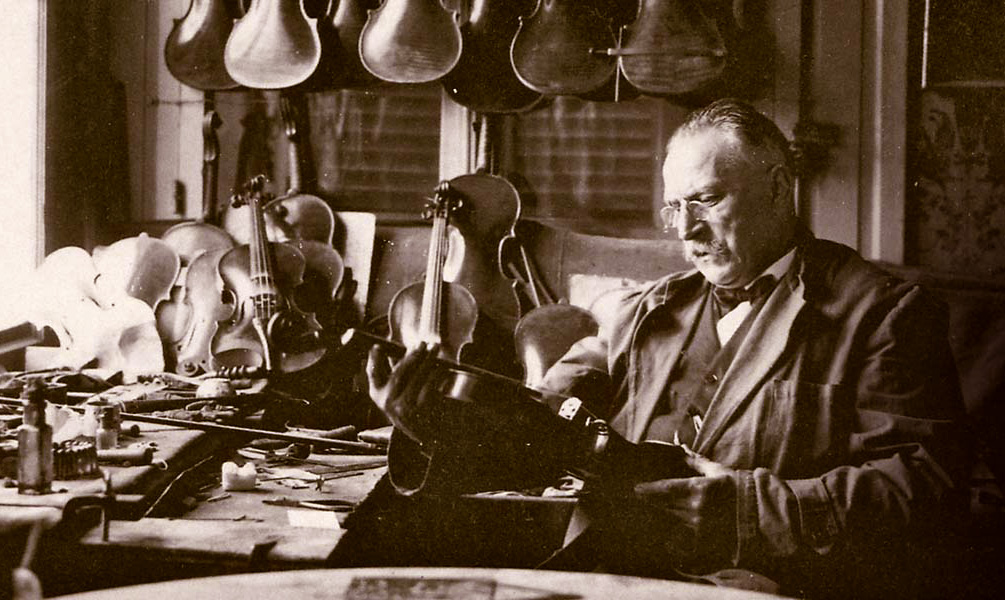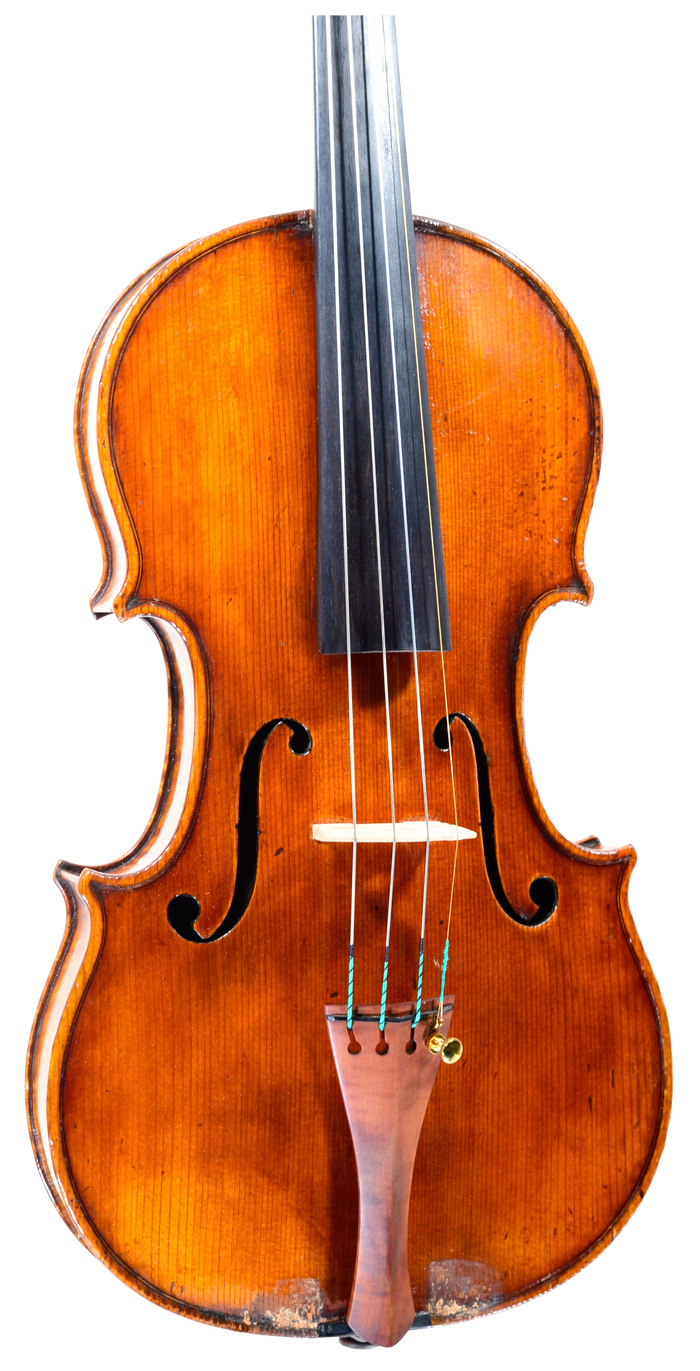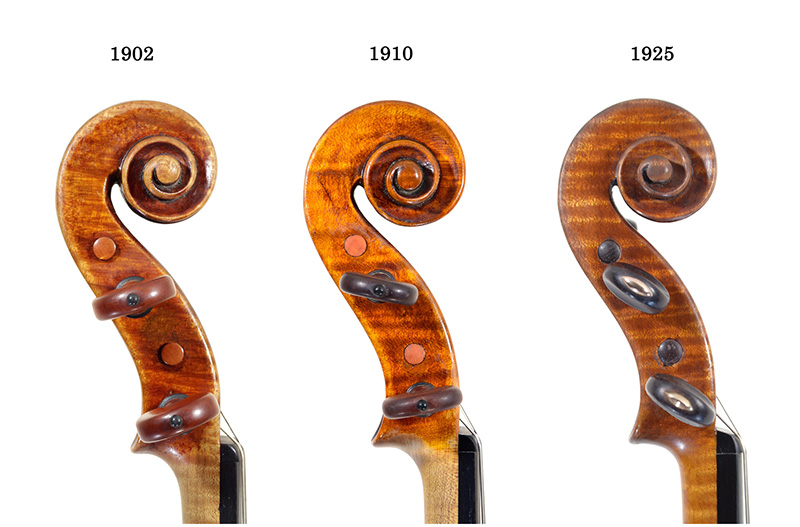|

Leandro Bisiach (1864-1945) was born in Casale Monferrato, located between Milan and Turin, and studied the violin as a child. Because he was dexterous with his hands, he became interested in making stringed instruments in his late teens and taught himself how to make violins. When he decided to go to Milan to show his works to Riccardo Antoniazzi, Bisiach was highly praised by him, which encouraged Bisiach to continue making more violins. In 1886, he decided to become a craftsman and officially moved to Milan to study with Antoniazzi.

Bisiach made instruments in the style of Antoniazzi in the beginning, but soon started to use his own unique style of f-holes, scrolls and varnish. He continued to extensively research by making copies of the finest Cremonese works from the 17th century. Bisiach also used his connection as a musician to get opinions from numerous musicians to create what really works for them. This all led to him winning a prize at an international competition in London in 1895 and to win more prizes in Atlanta, Turin and Paris in the next five years.
Antoniazzi, the great craftsmanship, and Bisiach, the great businessman, together made a great partnership to successfully run a workshop, where they not only trained apprentices who would later become the leading makers in Milan, but repaired and maintained the finest instruments owned by musicians and collectors. They also traded antique violins and quickly became a well known workshop in Milan that they soon expanded to do businesses with dealers worldwide, becoming international dealers themselves.
At the height of their success, Bisiach and Antoniazzi fell out, but even after Antoniazzi left the workshop, Bisiach continued to produce fine works collaborating with his apprentices, leading him to win prizes in Milan and Brussels in 1906 and 1910, respectively.

Although many of Bisiach's works during this period were made in collaboration with his apprentices, he made sure to do the finishing touches and the varnish of all the instruments himself, because he knew, as a successful talented trader, that varnish was one of the most important components which greatly affected the instrument's first impression and its tonal quality. That is the reason why even though Bisiach's works often show unique characteristics of different makers, the final products are of the highest quality with Bisiach's beautiful finishing touches. Many of his apprentices went on to become the leading makers in Milan and their works are very well respected alongside the Bisiach's.
This means that when identifying Bisiach's works, it is not so much about if the work was made solely by him, but is its craftsmanship that would say it all. In reality, many of his fine works bear his label with his own signature even if it was partly made by his apprentices.

There was a period during the First World War when Bisiach left Milan, but he returned in 1920 and continued to expand his workshop. This was when his apprentices, including Gaetano Sgarabotto, Giuseppe Pedrazzini, Giuseppe Ornati, Ferdinando Garimberti and his son Carlo Bisiach, were winning numerous prizes at international competitions, which led to violin making flourish in Milan. Ornati and Garimberti went on to teach at the Violin Making School in Cremona, passing on their knowledge on fine violin making. Bisiach has indeed played a key role in bridging between J.B. Ceruti, one of the last craftsmen to inherit the glorified Cremonese style of instrument making, and G.B. Morassi, one of the finest living Cremonese maker, leaving Bisiach's name on history as probably the most influential stringed instrument maker.
The instrument which is being introduced here is by Leandro Bisiach made in 1910, which is the same year as when he won the prize at an international competition in Brussels. It is an exact copy of the Stradivarius from its Golden Age and not only does it have a beautiful form, its precision, arch, varnish, condition, projection and tone quality are near perfection, making it one of the finest works by Leandro Bisiach.
| |

